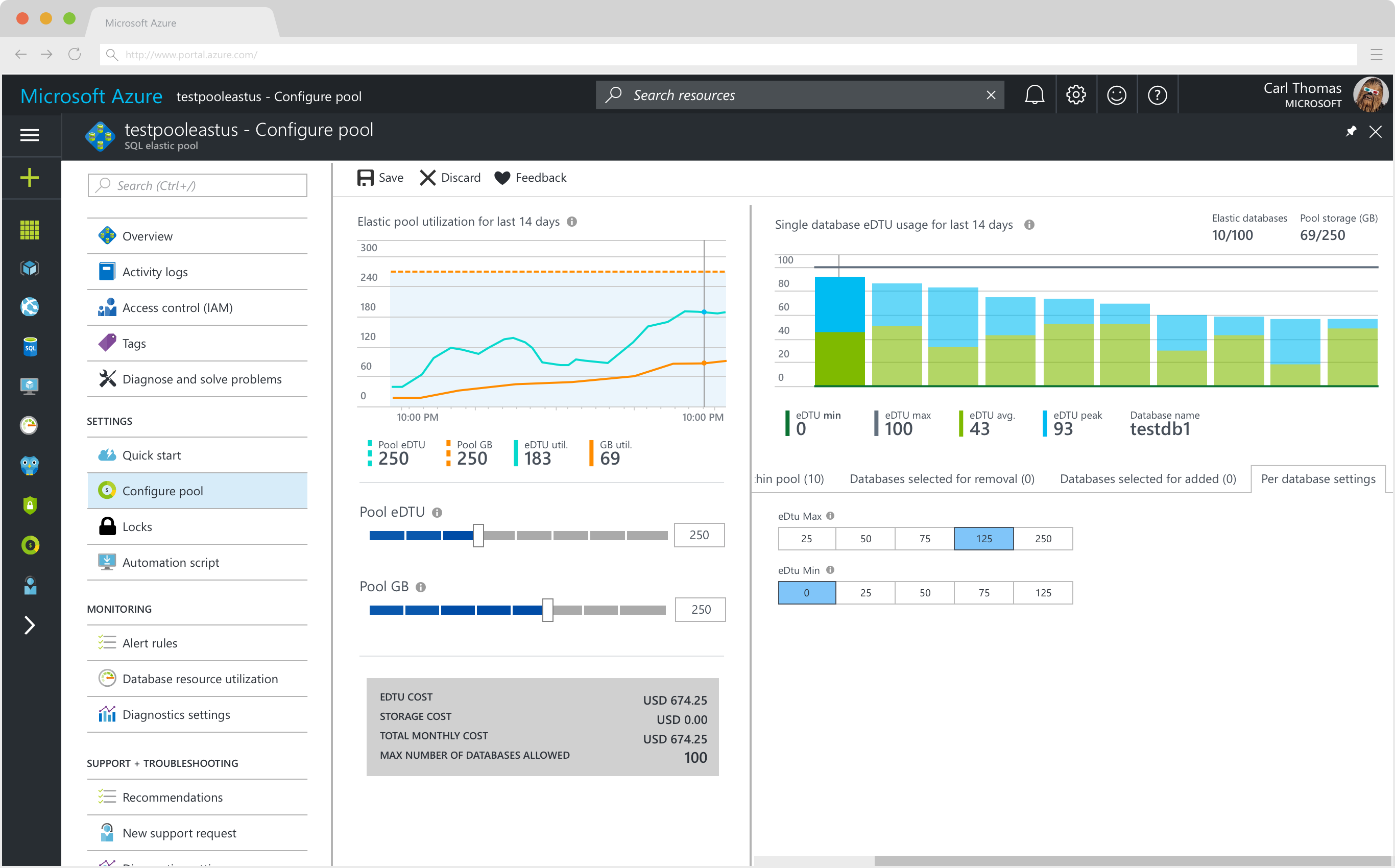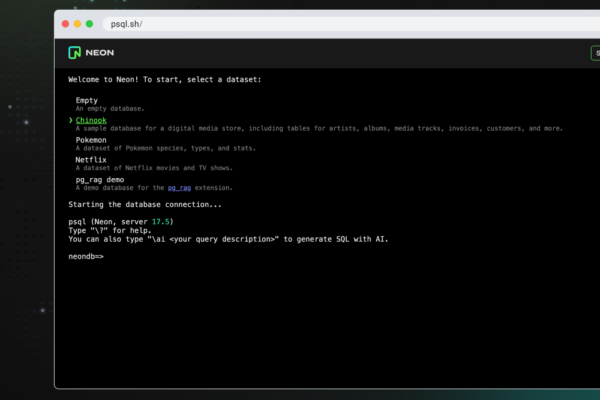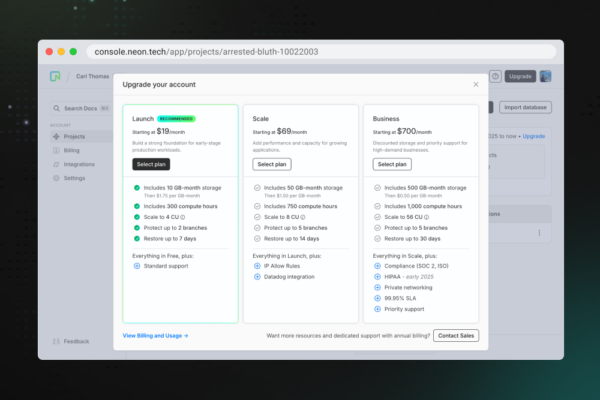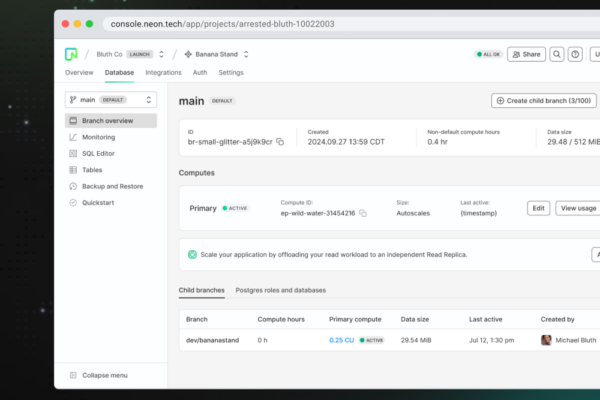Create a SQL database resource management service that would allocate the available and necessary resources across multiple databases within a server.
Microsoft Azure SQL Elastic Pools 2015-17
Objective
My Role
I was the only designer for this project. Handling everything from the user experience to the visual design of the product. I worked with a researcher, PM, and engineering teams to create a portal experience for customers within Azure.
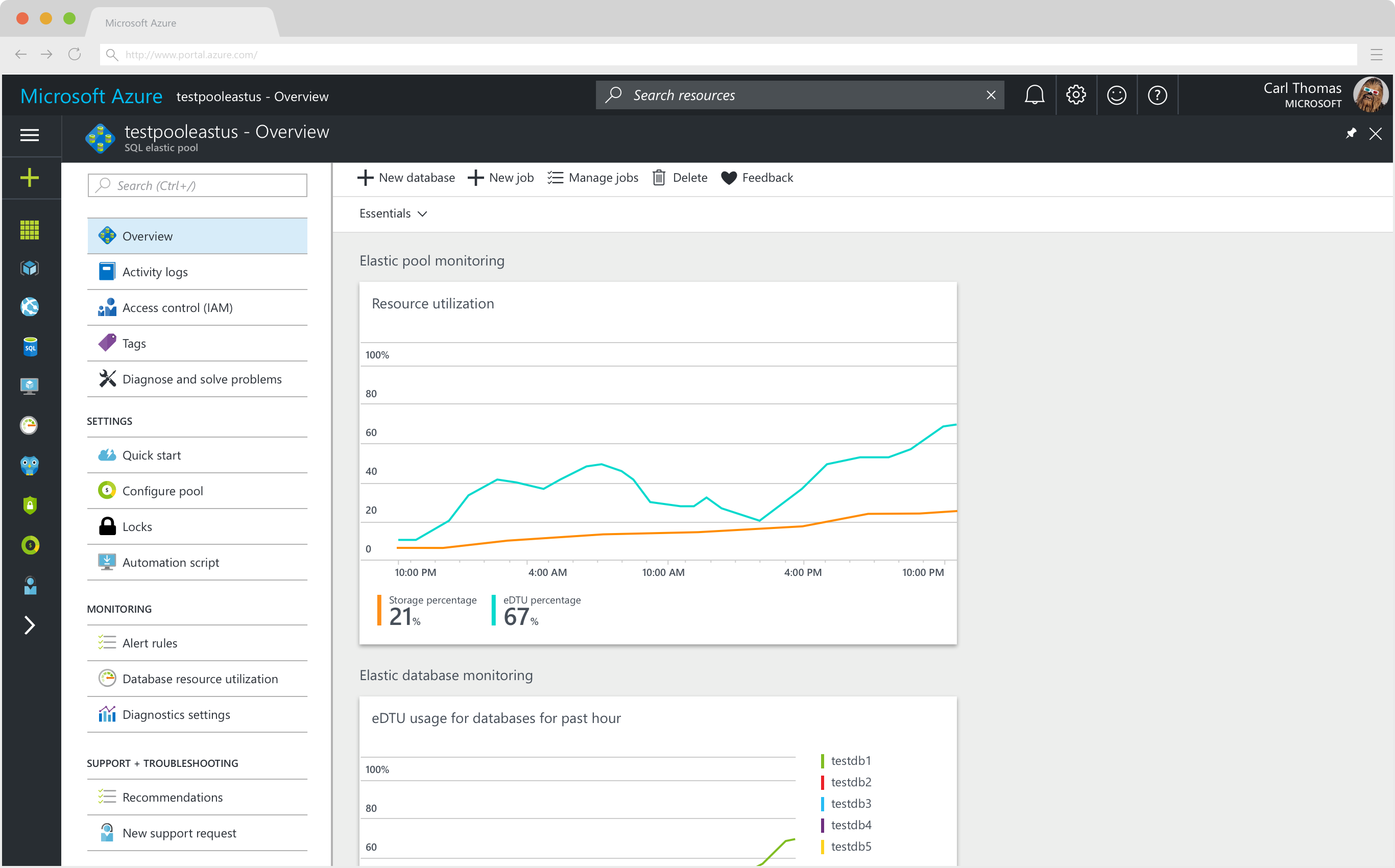 Overview
OverviewPartners
Design research, Content Writing, Marketing, Program Management, Engineering
Journey
Initial research and concepts
Leveraging some prior usability studies and outreach programs, we found major customer pain points when dealing with more than 5-10 databases inside the Azure cloud. This research pointed to customers needing a cost effective solution to allocating resources and maintaining an application like structure.
From this research, we began mapping out how the experience would fit within the current Azure SQL offerings and how we want customers to think about it.
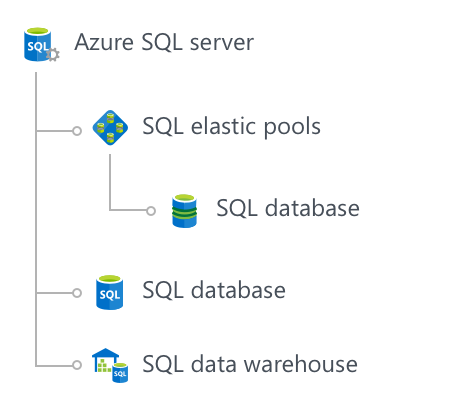
We also knew that we would be adding a whole new service to the Azure family that would need to exist within the suite.
Elastic pools sit within a server. However, servers and pools both house databases. The difference is that a database within a pool has their resources managed by the pool itself, while databases outside the pool manage their resources independently.
This distinction presented our team with an opportunity to build an entirely new experience for handling our customer’s data.
I organized the goals and views of the PM and engineering team to establish “customer can” statements and “UX goals/principles”. This would allow us to ensure our product was tailored to their needs and would keep us honest as we worked through our UX work.
Customer can statements:
- Customers can create a pool from a server
- Customers can create a pool from the marketplace
- Customers can monitor the performance of their databases within a pool
- Customers know where to go to troubleshoot a problem
- Customers can move databases in and out of a pool
Wires and iterations
The next stage after mapping out the flows and understanding the problem space was to start creating mocks of the screens. While ensuring we met our goals and the need for simplicity, I led efforts with the PM and engineering team to really fine tune how we communicated our message and flow.
I focused on the must have details within the UX and ensured each team member was able to contribute to the overall success of the product. This would lead us to intuitive and meaningful experiences to a complex product.
The overall UX work would entail these scenarios:
- User can create a new pool
- User can create a pool from a recommendation
- User can troubleshoot major database problems within the pool
- User can easily scale up and down their pool to fit their database needs
Below are some screens from the experience today, since this is a larger service/product I didnt include everything.
During this time, I also employed heuristic and usability studies to quickly discover major UI drops or pains in the experience early. When they were found the researcher and I prioritized and proposed solutions to our partners. This lead to more meaningful experiences for our customers.
Building a visual identity
Along with creating a user experience for the pools we needed to redefine what it meant to be in a pool from the experience to the visual level. Databases within a pool were not just any normal database. These databases had the ability to scale up or down as needed.
So, I designed out an icon that would be used for elastic databases and for pools:
Here shows several concepts that I created for an elastic database, the final one was inspired by the concept of an accordion.
While leveling up the elastic database icon, we needed a way to map it to the pool itself. This was designed to show the concept of “containing” an elastic database.
Outcomes
SQL elastic pools launched in 2015 and since then, users have deployed thousands of pools and began raving about its resource management capabilities. Along with this, I began taking more user study data and feedback to continuously improve the experience over the next year.
Below is a great video breakdown of the experience when it launched back in 2015:

